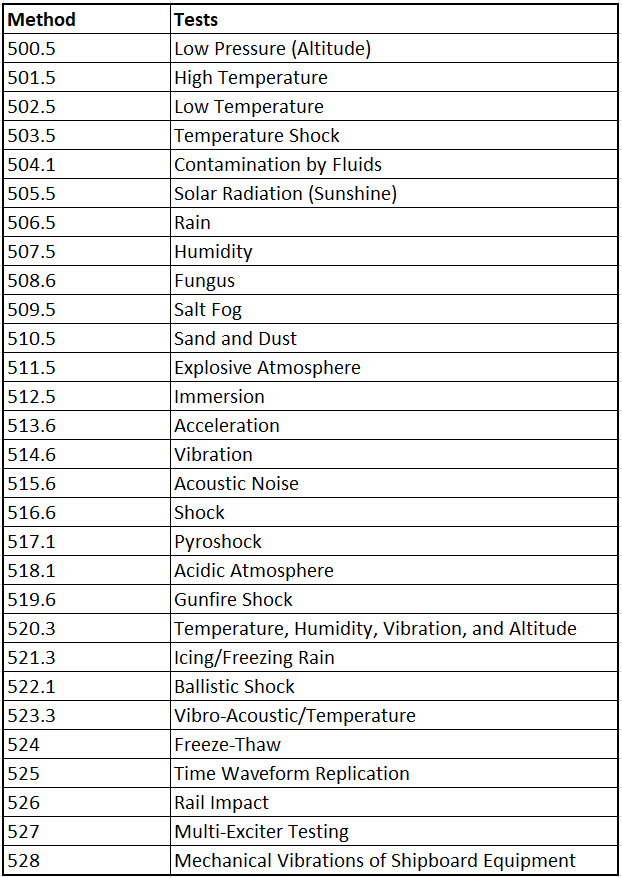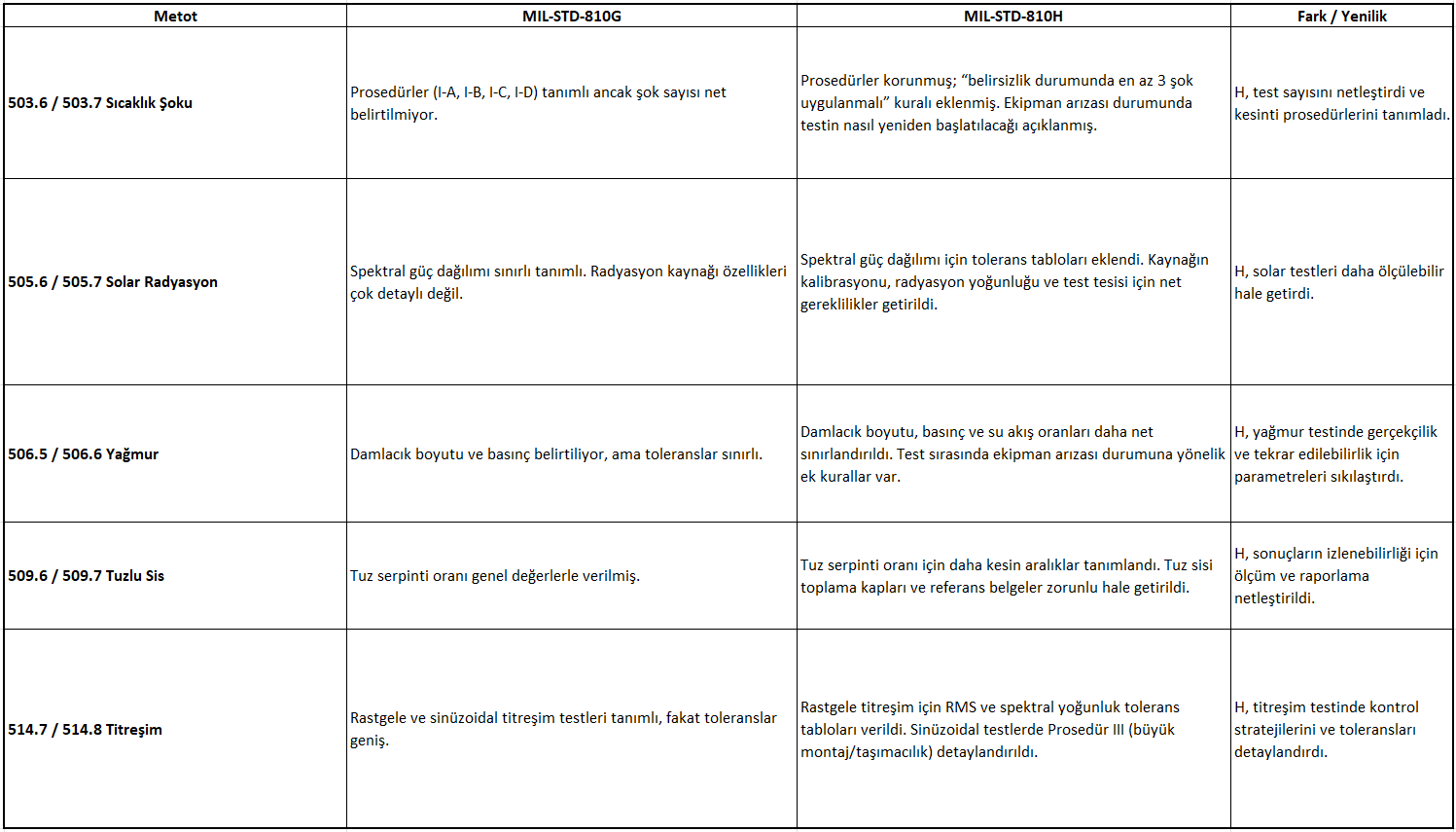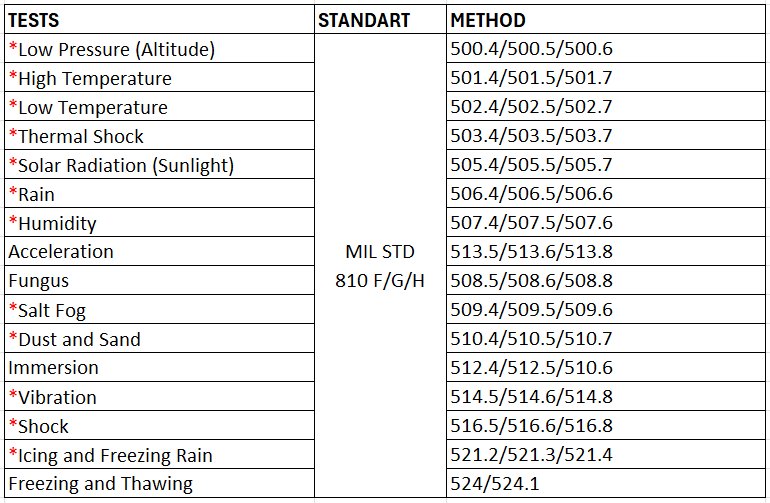MIL-STD-810
HISTORY AND FORMATION OF MIL-STD-810
MIL-STD-810 standardı, ilk olarak 1962 yılında ABD Savunma Bakanlığı tarafından yayımlanmıştır. Standart, askeri teçhizatların ve sistemlerin zorlu çevresel koşullara karşı dayanıklılığını ölçmek amacıyla geliştirilmiştir. Zamanla yalnızca askeri sistemlerde değil, savunma, havacılık, otomotiv, demiryolu ve elektronik sektörlerinde de ürünlerin çevresel dayanıklılığını belgelendirmek için uluslararası bir referans haline gelmiştir.

MIL-STD-810 PURPOSE AND SCOPE
Amaç:
- MIL-STD-810, ürünlerin gerçek kullanım koşullarında dayanıklılığını ve güvenilirliğini ölçmek için hazırlanmış bir standarttır. Aşırı sıcaklık, nem, titreşim, şok, suya maruz kalma ve korozyon gibi çevresel etkiler karşısında ürünlerin performansını test eder.
Kapsam:
- Çevresel Etkiler: Sıcaklık, nem, sıcaklık şoku, titreşim, şok, yağmur, buzlanma, kum, toz, korozyon, solar radyasyon testleri.
- Uygulama Alanları: Savunma ve askeri sistemler, havacılık, otomotiv ve demiryolu araçları, elektronik ve endüstriyel ürünler.
MIL STD 810G TESTING SCOPES
-
MIL-STD-810G 3 bölüm, 29 metot ve 3 Ek’ten oluşan 804 sayfalık Çevresel Testlerden oluşan Savunma Testleri metod standartıdır.

MIL STD 810H TESTING SCOPE
-
MIL-STD-810H 3 bölüm, 29 metot ve 3 Ek’ten oluşan 1089 sayfalık Çevresel Testlerden oluşan Savunma Testleri metod standartıdır.

MIL STD 810 G/H STANDART KARŞILAŞTIRMASI

MIL-STD-810 ÇEVRESEL TESTLERİNDE STEST YETKİNLİKLERİ

* ile işaretlenenler TS EN ISO/IEC 17025 standardına göre akredite olarak gerçekleştirilmektedir
CONTACT BY EMAIL
[email protected]
VOICE COMMUNICATION
+90 (312) 905 06 90

STANDART KONTROL VE TEST HİZMETLERİ A.Ş.
